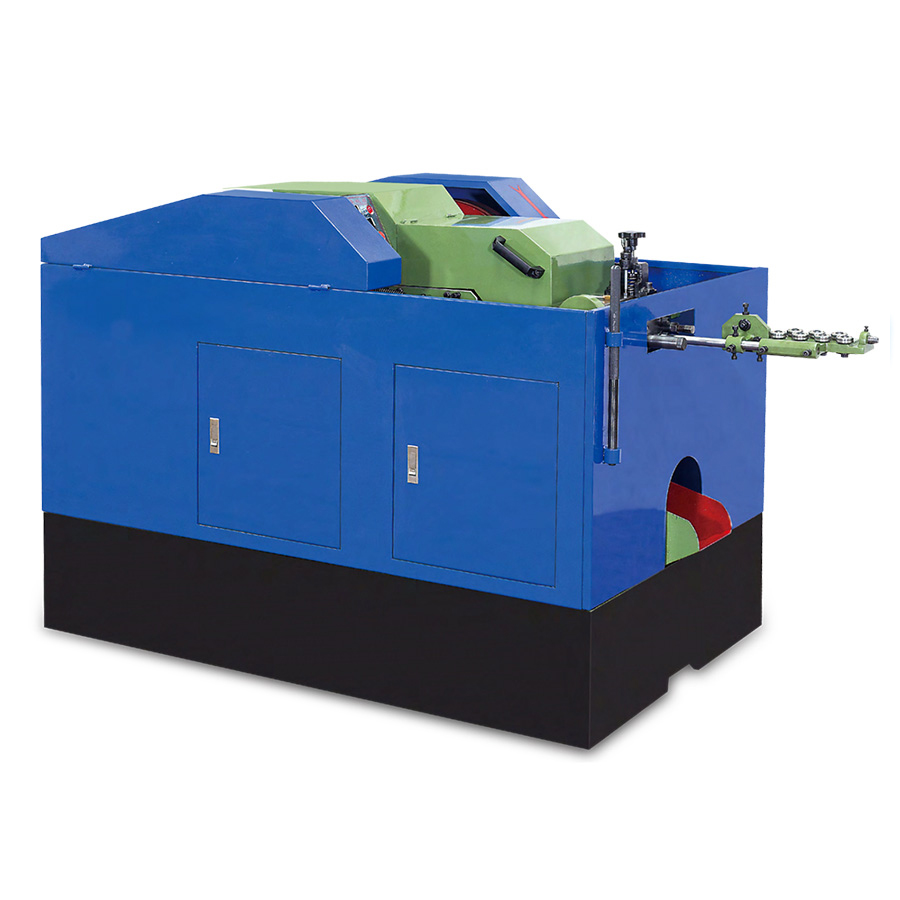
1-Die 2-Blow Cold Heading Machine
The 1-Die 2-Blow Cold Heading Machine is a specialized piece of manufacturing equipment designed for high-speed, precision forming operations. This machine is particularly useful for the production of small to medium-sized parts that require accurate and consistent shaping.
During operation, the material is fed into the first station, where it undergoes initial shaping or cutting. The material then moves to the second station, where it is further processed to complete the final shape or add additional features. The result is a precisely formed part ready for use or further processing.
This type of machine is commonly used in industries such as automotive, electronics, and general manufacturing for producing components like fasteners, connectors, and other small metal parts.
The 1-Die 2-Blow Cold Heading Machine is a valuable asset in any manufacturing facility, offering a combination of speed, precision, and cost-effectiveness for the production of high-quality metal parts.
First Punch: The initial step involves a punch that forms the basic shape of the component by applying force to a pre-cut piece of metal.
Second Punch: The second punch further shapes the component, often adding threads, heads, or other features, while maintaining the integrity and strength of the material.
High Efficiency: The 1D2B process allows for rapid production rates.
Consistency: The cold forming process ensures uniformity in the final product.
Cost-Effective: The process reduces material waste and can be more economical compared to hot forging or machining processes.
Strength Retention: Cold forming enhances the mechanical properties of the metal, leading to stronger components.
These machines are widely used in various industries, including automotive, construction, electronics, and general manufacturing, where high-quality, mass-produced fasteners are required.
Fasteners Production: 1D2B cold heading machines are particularly well-suited for the production of fasteners such as bolts, screws, and studs. They can form complex shapes and add threads, heads, and other features in a single operation, ensuring consistency and strength in the final product.
Automotive Industry: In the automotive sector, these machines are used to manufacture critical components that require high precision and reliability, such as engine bolts, wheel studs, and suspension parts.
General Manufacturing: Beyond the specific industries mentioned, 1D2B cold heading machines find use in general manufacturing settings where there is a need for custom-designed fasteners and components that can be produced quickly and cost-effectively.



















































